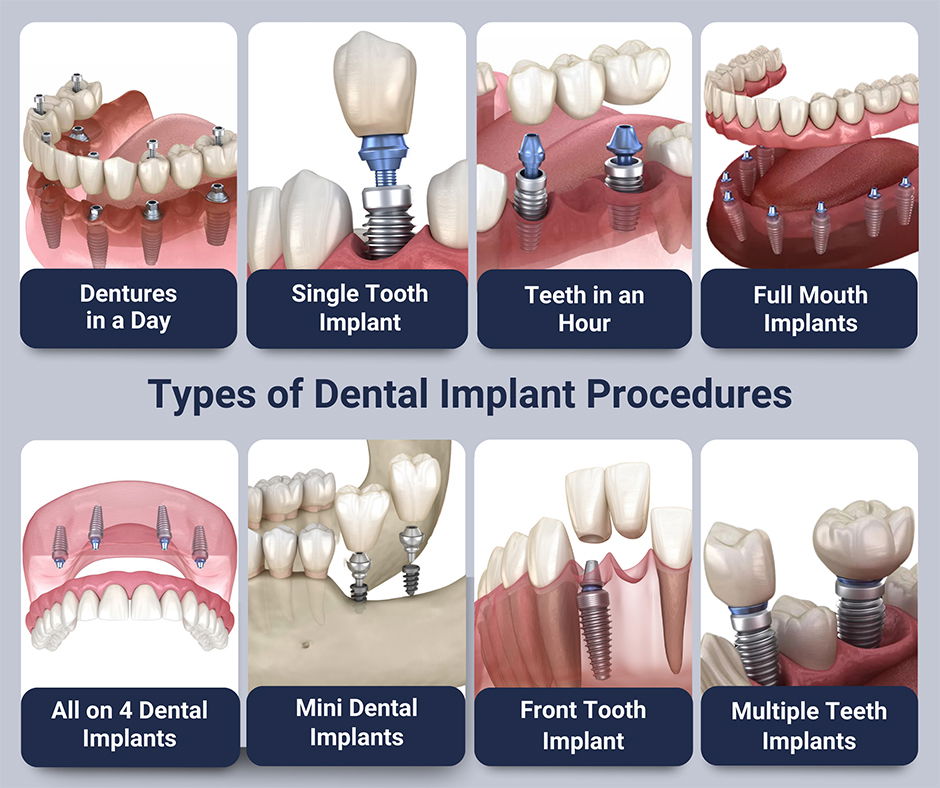Understanding Dental Implants: A Comprehensive Guide

Dental implants have revolutionized the field of dentistry, offering a durable and aesthetically pleasing solution for tooth loss. A dental implant consists of three parts: a titanium post, an abutment, and a dental crown. The titanium post serves as the root of the replacement tooth, surgically inserted into the jawbone.
Over time, it fuses with the bone through a process called osseointegration, providing a strong foundation for the abutment and crown.The benefits of dental implants are manifold. They offer a permanent solution compared to bridges or dentures, maintaining the natural bone level and preventing the sunken appearance that often accompanies tooth loss. Implants are incredibly durable, known to last a lifetime with proper care.
Additionally, they don't require altering nearby teeth like conventional bridges, preserving the natural tooth structure.The process of getting dental implants typically involves several steps ایمپلنت سوئیسی. First, a comprehensive evaluation is conducted, including dental X-rays and, occasionally, 3D imaging to assess bone density and oral health.
Once deemed a suitable candidate, the surgical procedure is planned. This involves strategically placing the titanium posts into the jawbone, followed by a healing period of several months for osseointegration to occur. Once the implant is secure, the abutment is attached, and an impression is taken to craft the custom crown, ensuring a perfect fit and natural appearance.
Potential candidates for dental implants include individuals with one or more missing teeth, sufficient bone density, and healthy gums. However, those with chronic illnesses, heavy smokers, or individuals who have undergone radiation therapy may require special consideration.Despite their many advantages, dental implants are not without challenges.
The initial cost can be prohibitive, as they are typically more expensive than other forms of tooth replacement. Comprehensive postoperative care is essential to avoid complications such as infections or implant failure, which are rare but significant risks.
In conclusion, dental implants offer a transformative solution for tooth loss, combining functionality, aesthetics, and durability. With advances in dental technology, success rates continue to climb, making implants a preferred option for many seeking restorative dental care. For those considering implants, consulting with a dental professional to evaluate personal needs and expectations is crucial for achieving optimal outcomes.
